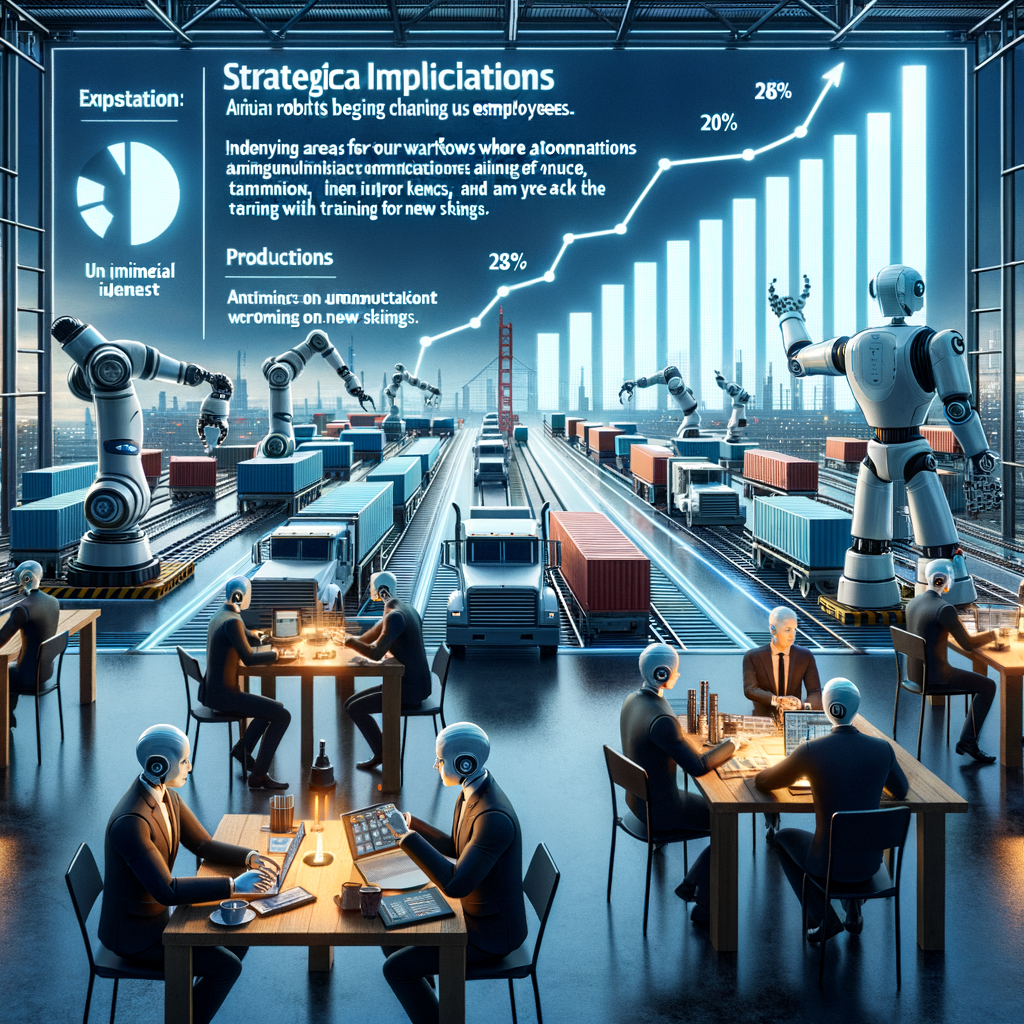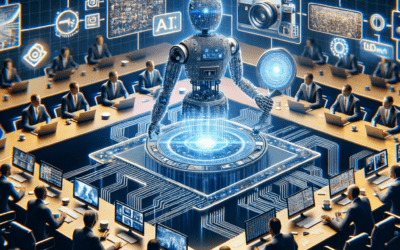Paul’s Perspective:
The adoption of robotics in business is a critical trend that leaders must comprehend to stay competitive. It underscores the urgency for strategic planning in workforce development and operational agility.
Key Points in Article:
- Robot installations rose by 28% in 2021, leading to cost savings and productivity gains.
- Automation has a growing impact on employment, with potential job displacement and skill mismatches.
- Adoption of robots is particularly notable in industries with high-volume processes or dangerous tasks.
- Investments in robotic technology signal a competitive push towards innovation.
Strategic Actions:
- Assess your company’s readiness for integrating robotics into the workforce.
- Identify processes that could benefit from automation and increased efficiencies.
- Consider the implications for your current and future workforce, including training for new skills.
- Analyze the financial implications, including initial investment and long-term savings.
- Stay informed about the latest advancements in robotic technology and its applications in your industry.
Dive deeper > Full Story:
The Bottom Line:
- North American businesses are increasingly integrating robots into their workforce.
- This marks a significant shift in operational efficiencies and labor dynamics.
Ready to Explore More?
As you consider navigating the robotics revolution, our team’s deep expertise can help create a seamless transition. Together, let’s explore how automation can elevate your business efficiency.





